 Injera Injera Injera and Wat Ethiopian cuisine is best known for the sourdough flatbread called injera. Injera is about 20 inches in diameter and made from fermented teff flour. Teff is called the world's smallest grain and is unique to Ethiopia. No Gluten !! But what is injera without wat? Wat is the hot, spicy stew that is served on top of the injera. There are lots of different varieties of wat: chicken, beef, lamb, vegetarian, lentils or ground split peas. If you order the restaurant's variety plate, you'll be sure to get a few kinds. Eat it with your fingers by tearing off a piece of injera and dipping it in the wat. Shiro: Shiro might look like slop, but it's amazing! Made with chickpea or bean puree', it's a vegetarians delight. With added onion, garlic, and whatever spices are used in that region, this simple dish comes alive. Gomen Kitfo: For another vegetarian delicacy, gomen kitfo is made from collard greens that are boiled, dried, and then chopped and served with butter, chili peppers, and spices. Tibs: There are many varieties of this dish depending on the type and size of cuts of meat used, but it's basically meat and vegetables saute'ed together. Like in many Ethiopian dishes, the main spice used in tibs is berbere, a combination of powered chili pepper, cumin, coriander, and cardamon. t’iru yemigibi filagoti……..good appetite!
1 Comment
 This little plant can grow up to 10 meters tall! This little plant can grow up to 10 meters tall! What is so special about Ethiopian Coffee? Ethiopian coffee is considered to be some of the best in the world, due to it's high altitude growing conditions and the ways that the beans can be processed. The coffee plant averages from 5-10 meters in height and is grown in rows, several feet apart. Heavy rain is needed as the fruit is developing, and less later as it ripens. The harvesting period can be anywhere from 3 weeks to 3 months, and in some places continuing all year round. The coffee bean is a seed of the coffee plant and is the source of coffee. It is the pit inside the red fruit, often referred to as a cherry. The cherries began as green, turn yellow, and finally red in color. Ethiopia, the birthplace of Arabica coffee, is the world's seventh largest producer of coffee. Surprisingly, half the coffee produced there is consumed by the Ethiopians themselves! Coffee is important to the Ethiopian economy as 15 million Ethiopians rely on some aspect of coffee production for their livelihood.
There are 2 ways that Ethiopian coffee is processed to enhance it's flavor...…. Sun-dried: where the cherry is sun-dried around the coffee bean before being removed Washed: where the fruit is removed from the bean within 12 hours of picking So, support Ethiopian coffee. Buy it; drink it; and be part of a rich history of tradition! As a teacher, kids are never very far from my mind! In these days of the pandemic, I find myself thinking a lot about how the kids of this world are dealing with all the craziness!
I often remember the kids I met on The Big Buna Bash's book tour (which was only six weeks ago but seems like ages). At my book events we made coffee-bean candles as coffee is one of my book's themes. There are many art projects that can be done with coffee beans, or any beans for that matter. Here is a great site with some ideas to get you started! www.playideas.com/25-bean-crafts-for-kids/ |
AuthorI had so much fun writing The Big Buna Bash, and I want to share it to inspire cultural pride in kids who might feel like they don't fit in because of their differences. I believe in diversity and inclusion; that's why I wrote The Big Buna Bash! Archives
November 2020
Categories |


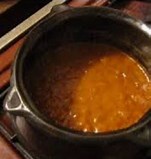

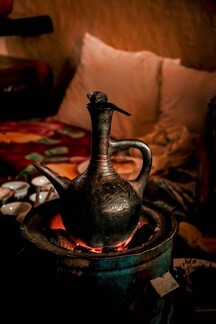
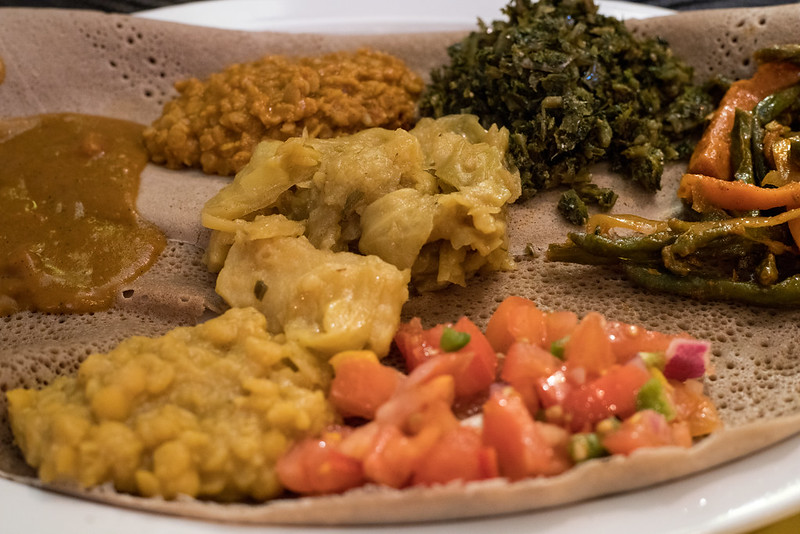
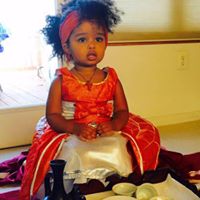
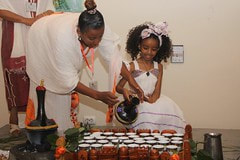
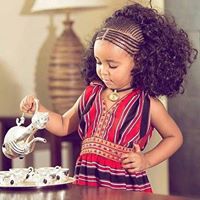

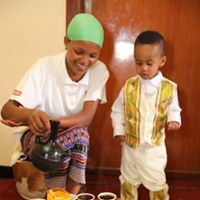

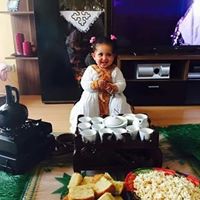








 RSS Feed
RSS Feed
